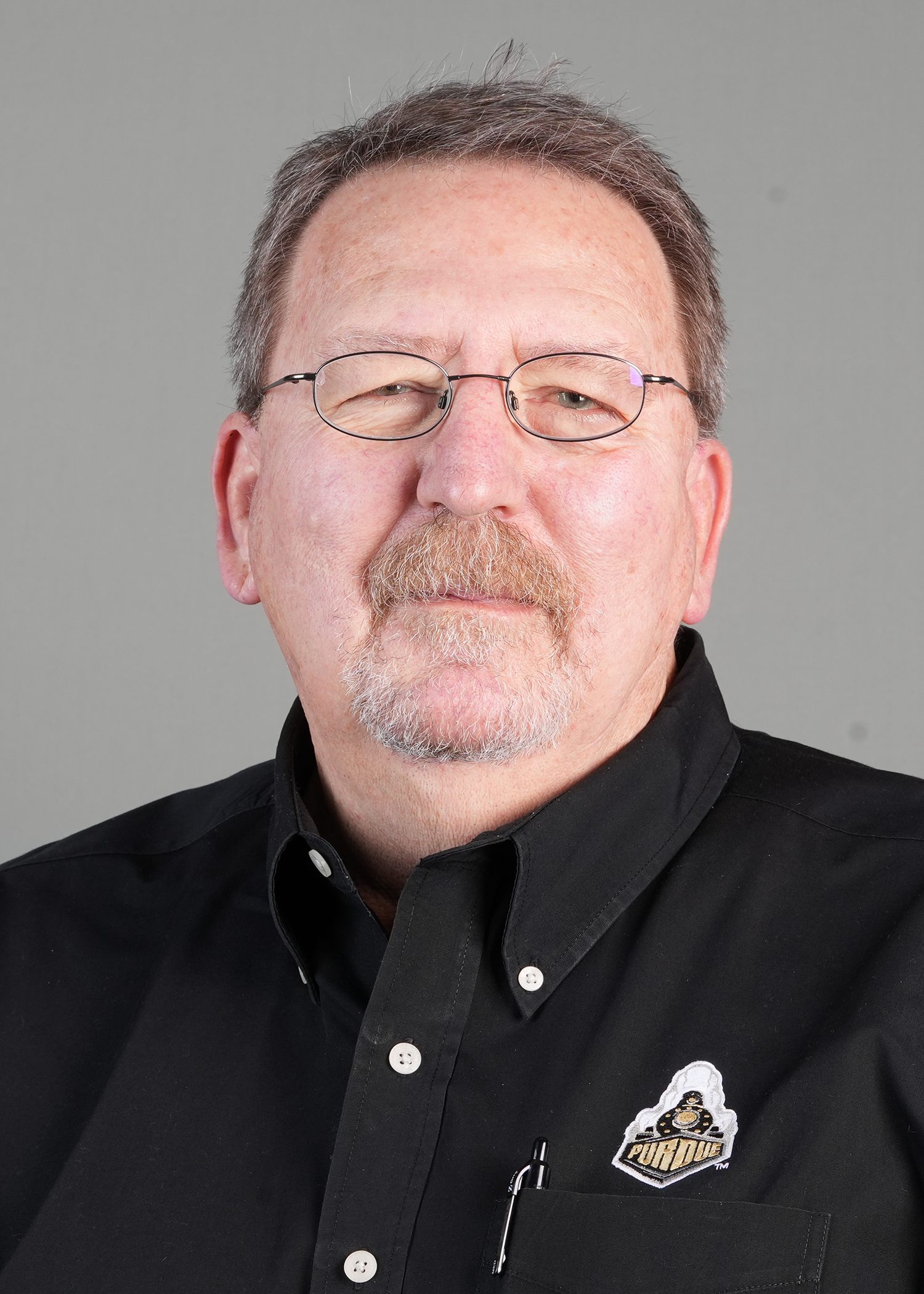
Beef Unit

The purpose of the Beef Unit is to provide cattle and facilities for intensive and extensive research in nutrition, physiology, genetics, growth and development, and meats, as well as undergraduate teaching and extension programs. The unit has a manager, assistant manager, and herdsman, plus undergraduate students. Facilities at ASREC (located on the Calvert tract) were completed in 1987, and remain one of the most modern, complete facilities of its kind in the country.
The breeding herd consists of approximately 150 high quality Sim/Angus mature females and 80-100 replacement heifers each year.
The Headquarters includes offices, conference room, and shop. Sixteen metabolism crates and eight individual pens behind the offices lend themselves for intensive nutrition and physiology research. The building provides a temperature-controlled environment and utilizes geothermal heating and cooling to reduce operating cost.
Two separate nutrition barns have a total of forty-eight individual cow or cow-calf pair pens. Their primary use is for intensive studies where feed intake can be measured on individual animals. Two separate management barns have a total of twenty-nine pens that can accommodate six animals/pen. These facilities are used to conduct feedlot nutrition trials, cow nutrition research during gestation, and serve as calving facilities through the spring calving season. Nine mounded lots are used to manage the replacement heifers. The mounds have filter fabric immediately behind the concrete pad and in the approach to the mound to provide more solid footing during muddy conditions. Seven experimental pastures (17.5 acres) may be subdivided into two or four equal size paddocks to accommodate intensive rotational grazing research.
Two barns with a total of thirty-two group feeding pens are used for research with growing-finishing cattle. Each pen, capable of housing seven to eight steers, has slatted floors with a shallow pit that is flushed once weekly to a two-stage lagoon. Stage two lagoon water is recycled back into the pit. A third barn has forty-eight individual pens and a waste handling system similar to the other slatted floor barns used for intensive growing-finishing research. Steers produced by Purdue cow herds are fed in these facilities from early October through May. Yearling steers may be purchased in late May and used in summer research trials.
The beef unit feed center uses fours high-density, oxygen-limiting concrete silos. They typically contain dry corn and DDG’s. All rations and feed records are stored in a computerized database. Cattle are fed 365 days a year.
Two separate handling facilities are used. Each facility has a crowding tub, curved alley, electronic scale, and squeeze chute. They were designed and located separately to keep feedlot cattle on one side of the road and breeding cattle on the other in order to be close to the respective barns and to minimize stress and disease transmission.
Between research, education, and extension activities it is estimated that over 1,000 people use and visit the facilities each year.
